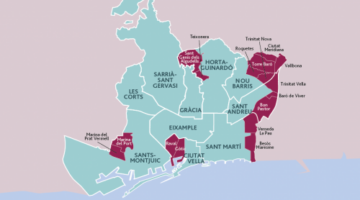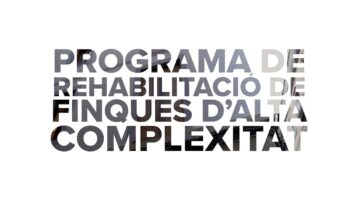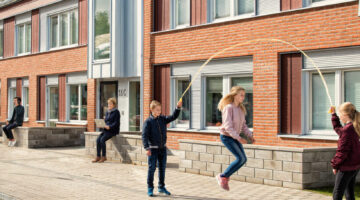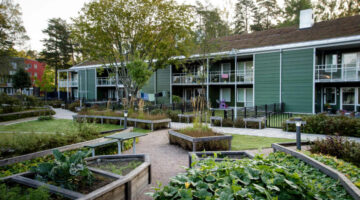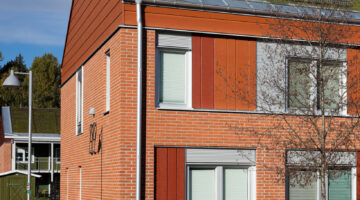“Mietpreisbremse” and “Mietendeckel”: Rent regulation system in Germany
Main objectives of the project
Germany, particularly Berlin, faces a significant challenge regarding its rental sector, which plays a crucial role in the city's housing supply. Unfortunately, it has transformed into a speculative market, resulting in forced evictions and a diminished quality of life for millions of Germans. Consequently, Germany has implemented some of the most stringent rent control laws in an attempt to address this issue. Examining the evolution of these regulations provides insight into their impact on affordable housing.
Date
- 2015: Implementation
- 2019: Implementation
Stakeholders
- German Federal Government
Location
City: Berlin
Country/Region: Berlin, Germany
Description
Germany is renowned for its extensive rental sector, offering tenants secure tenancies and protection from eviction, making renting an appealing option compared to home ownership. Since the 1970s, a system has linked rent increases to a reference rent for similar-quality local dwellings, updated regularly, usually every four years. A database known as the Mietspiegel provides a nationwide benchmark for tenants and landlords to index rents. However, due to the pressure of rising rents, the Federal Government introduced an even more restrictive law in 2015.
The law, known as the Mietpreisbremse (Rent Control), is a nationwide regulation that took effect in 2015. It mandates the maximum amount of rent a landlord can charge. According to the law, the net cold rent may not exceed 10 percent above the local comparative rent, as set out in the regional rent index. If the landlord charges more than the permitted rent, the tenant is entitled to a rent reduction.
In principle, the Mietpreisbremse applies to tenants living in areas with tight housing markets and to federal states that have implemented corresponding regulations. Besides Berlin, Hamburg, and Munich, many other medium-sized to large cities in Germany are also covered by this regulation. All rental properties are subject to the regulation, with some exceptions, such as newly listed apartments (to encourage new housing supply) or apartments renovated for energy efficiency or necessary modernization.
In 2020, Berlin implemented an additional rent price regulation, the Mietendeckel. This cap prevented owners of flats built before 2014 from charging more than what had been agreed upon in June 2019, effectively freezing all rents. It also stipulated that rents exceeding acceptable levels by 20% should be reduced, varying based on location and quality. Landlords failing to comply with the new law faced heavy fines. The policy was intended to be in place for five years. Unlike the Mietpreisbremse, which sets a limit on rent increases, the rent cap froze rents and utilized a more restrictive index. With Berlin’s law, no increase were possible. Not even a 10%. This measure meant that hundreds of thousands of households were eligible for significantly lower rents, countering the skyrocketing rents of recent years and preventing speculators from buying buildings solely for rent gouging. However, the court ruled that Berlin, as a state in the German federal system, lacked the constitutional authority to impose the cap.
Following the ruling, the Mietpreisbremse was revised to achieve a similar effect to the Mietendeckel. It now protects tenants in Berlin affected by the invalidated regulation by giving the Mietpreisbremse a retroactive effect. Tenants whose tenancies began after April 2020 can reclaim up to 30 months' worth of excess rent paid. Meanwhile, the German government is working to extend Rent Control until 2025.
Both experiences serve as examples of regulations with mixed effects on the rental market. While prices continue to rise, many Berliners and Germans have been able to reduce their rent. Germany offers a broad range of regulations to be tested in the future to determine how cities can lower or control rents.



